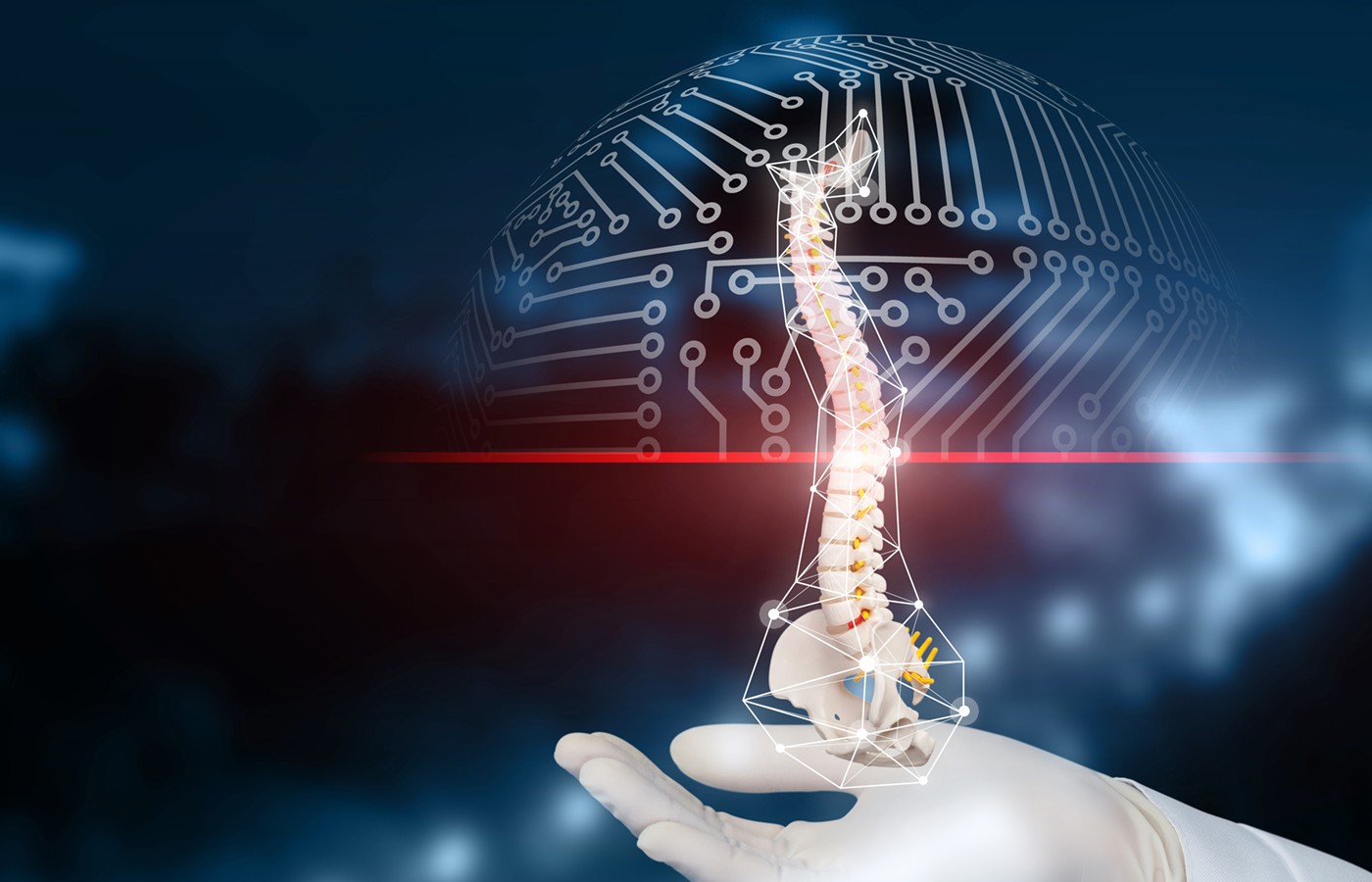New York's highest court of appeals has held that no-fault insurers cannot deny no-fault benefits where they unilaterally determine that a provider has committed misconduct based upon alleged fraudulent conduct. The Court held that this authority belongs solely to state regulators, specifically New York's Board of Regents, which oversees professional licensing and discipline. This follows a similar recent ruling in Florida reported in this publication.
Joe Montana and the Edwards Protective Action (EPA)
I’ll bet that title got your attention, didn’t it? During my previous 76 “Insider’s Insights” columns for Dynamic Chiropractic, politics, both internally and externally, were often my primary focus. In this column, I switch back to clinical subjects based on my own personal health care experiences and what I learned from them.
I became a doctor of chiropractic because of one man, Dr. Glen Heese. In the early 1970s, he made numerous house calls while I was suffering in excruciating pain from a L4- L5 disc herniation. His chiropractic adjustments – after all other treatments had failed – were so successful that upon his encouragement, I decided to become a doctor of chiropractic and graduated from Logan University in 1977 ... and then became his practice partner for 24 years.
Joe Montana
Unfortunately, two decades later my L4-L5 disc herniation did require two non-fusion surgeries. But after several weeks, I was still nowhere near back to normal. Then, I remembered future NFL Hall of Famer Joe Montana turning his blind side to 300-pound defensive linemen only eight weeks after his lumbar disc surgery.
So, my question was this: How could Joe Montana do that and why would I be incapable of even remotely being able to attempt? To get the answer, I contacted both his orthopedic surgeon and his doctor of chiropractic to request Montana’s rehabilitation program. Guess what it primarily focused on? The hamstrings! Once I started an intense hamstring stretching program, I quickly became pain free other than when I had to sneeze (more on that shortly).
Bottom line: Never, ever dismiss the importance of hamstring stretching for patients with low back conditions, whether disc related or not. Yes, I know you have been repeatedly taught about their extreme importance, but sometimes a reminder (as in my own case) can make all the difference in the patient’s recovery.
The Edwards Protective Action (EPA)
And now for some completely new clinical information you have never heard before. First and foremost, sneezing is a physiological response for routine irritants and infections. None of the following information is relevant to or related in any way to food or a foreign object blocking a patient’s airway, which requires immediate emergent action such as the Heimlich Maneuver.
After my second disc surgery and hamstring stretching program, I was absolutely terrified of having to sneeze because each time, the increased pressure (like a Valsalva Maneuver) would literally bring me to my knees in pain.
Yes, we have been taught that the patient should brace him/herself before a sneeze by putting their hands on their knees or take other protective measures, like holding onto a piece of furniture. However, those procedures were completely worthless and totally ineffective for me. But now, with “necessity being the mother of invention,” there is a far better way to avoid the increased pressure and the resulting pain from a sneeze.
Here is what I learned from my very own personal experience: A disc patient cannot sneeze if they forcefully and completely exhale just prior to the impulse. I know because by personally using this “Edwards Protective Action” (EPA), I literally did not sneeze for a full two years after my second disc surgery and avoided the severe pain that each would have caused.
There is no need for double-blinded studies to document that the EPA works because you can prove it to yourself by simply forcefully and completely exhaling just prior to an impulse to sneeze. Go ahead and try to do it with no air in your lungs and you will see that it is nearly impossible, and thus great advice – which I have given to hundreds of disc patients.
Yes, a patient might sputter or mildly cough for a second after avoiding the sneeze, but they will most likely not have the pressure necessary to cause pain at the disc level. So, I will say it again: Prove it to yourself by triggering the physiological sneeze reflex (perhaps with a very small amount of ground pepper) and then try to accomplish a full sneeze after completely exhaling. Trust me, it will likely not happen!



